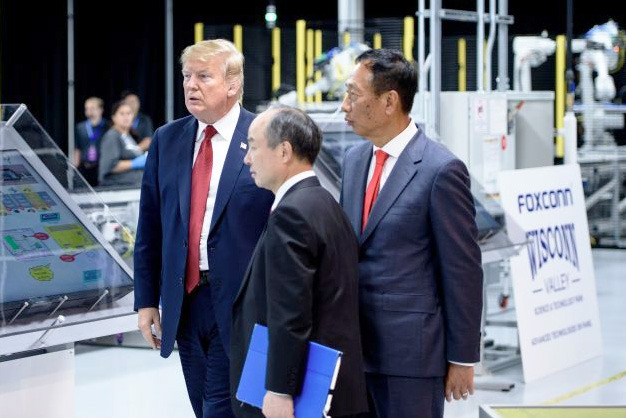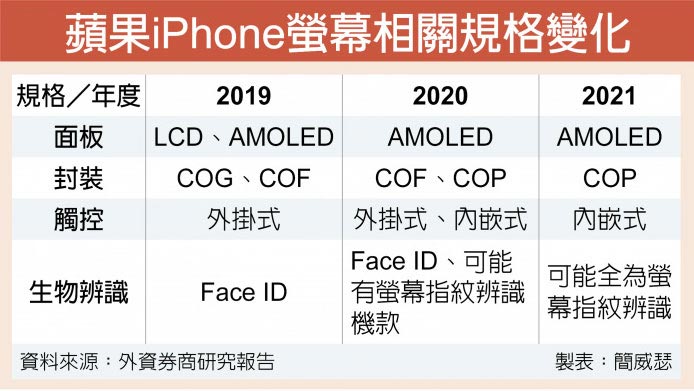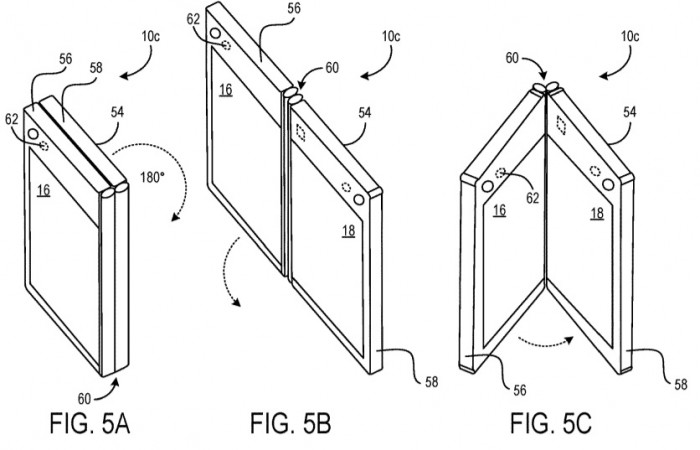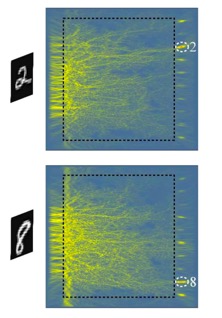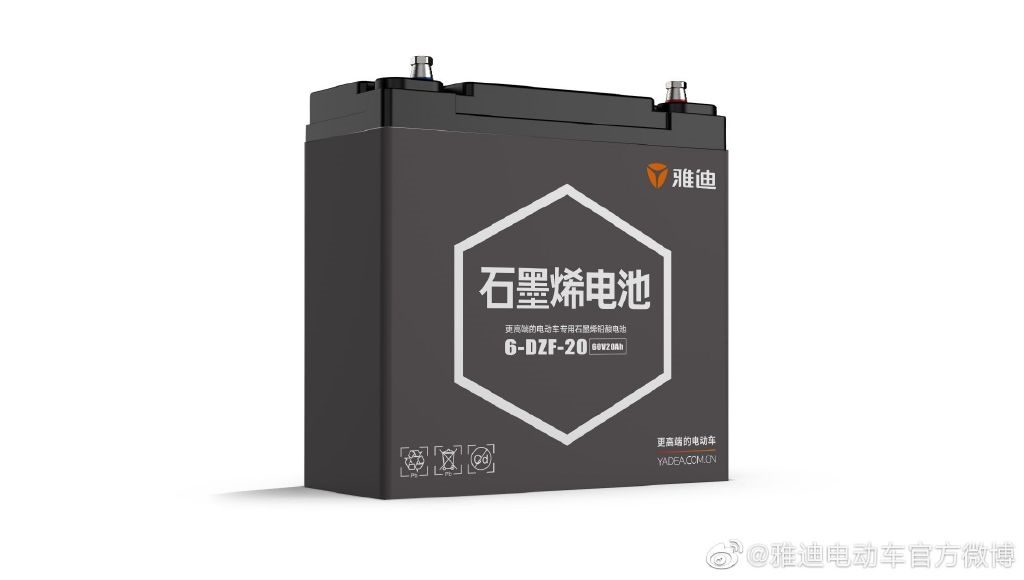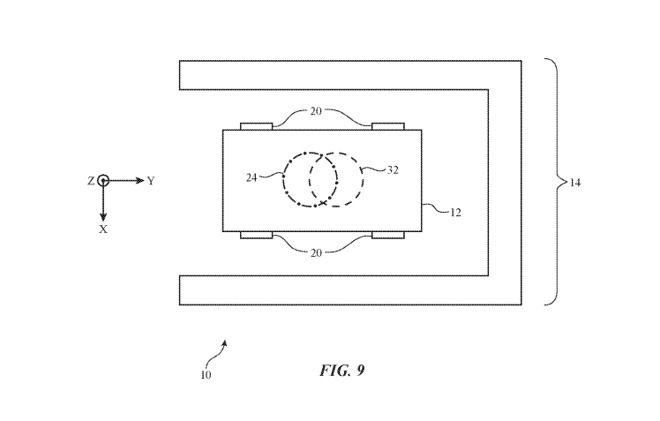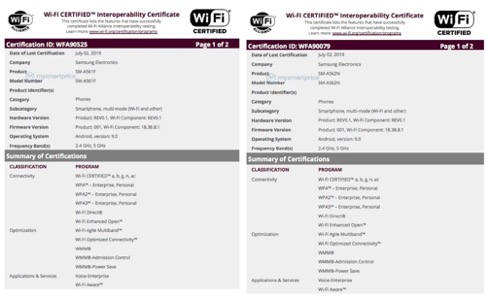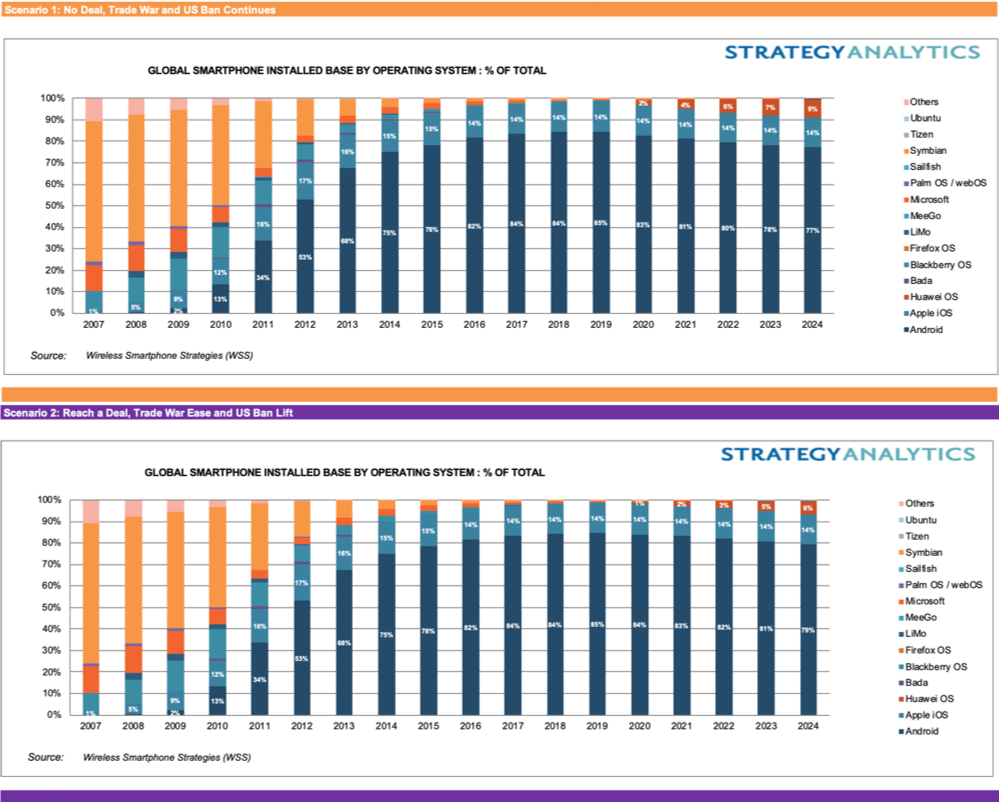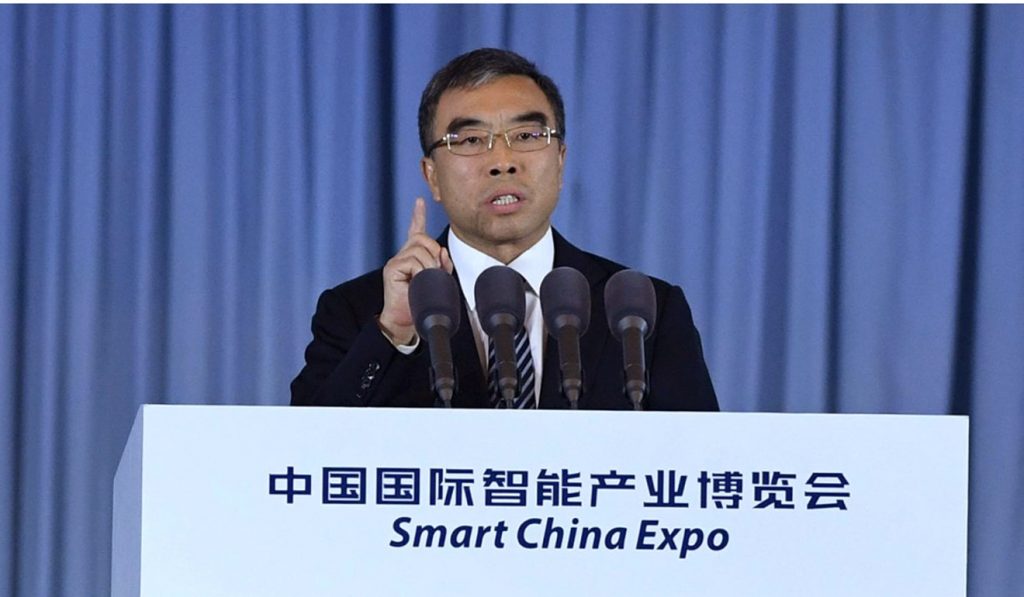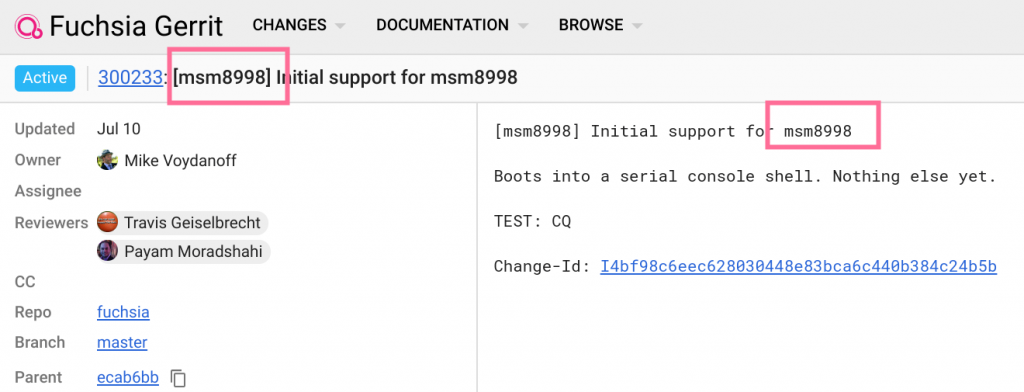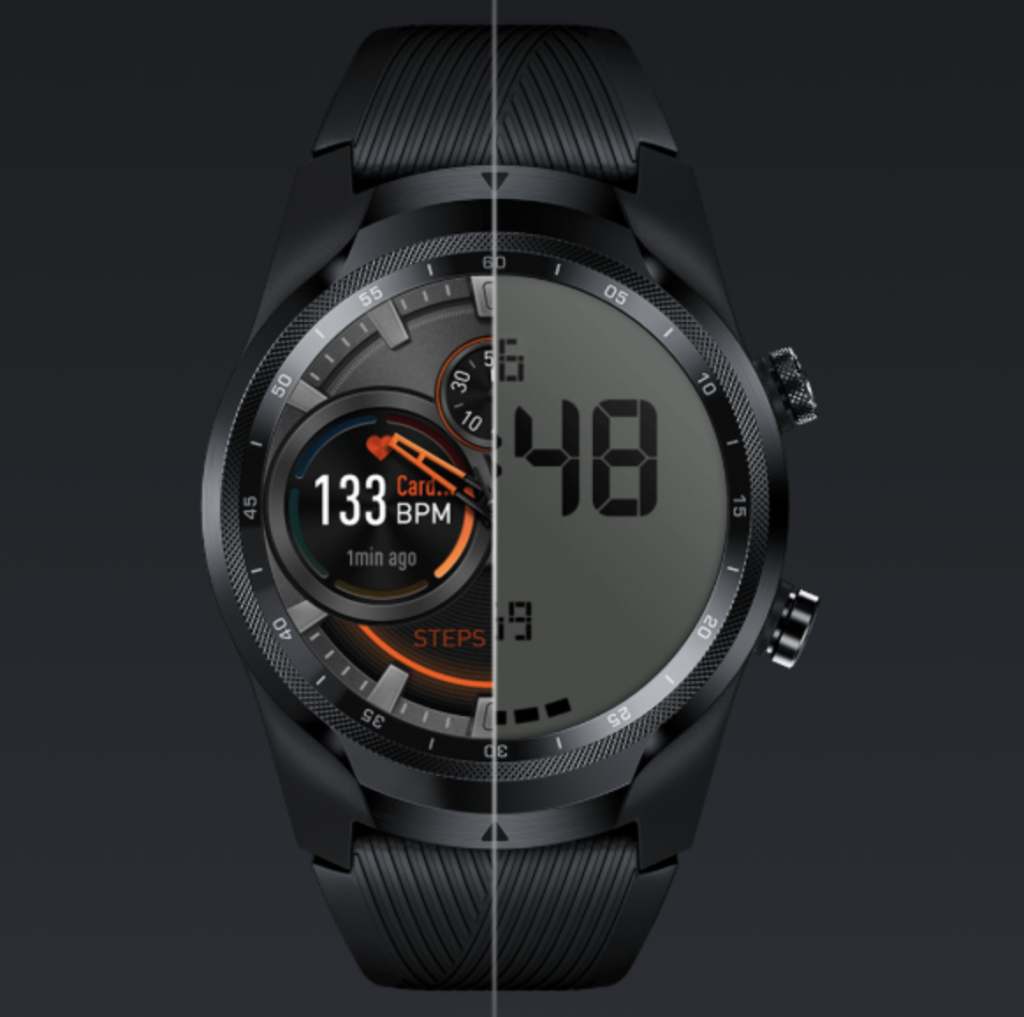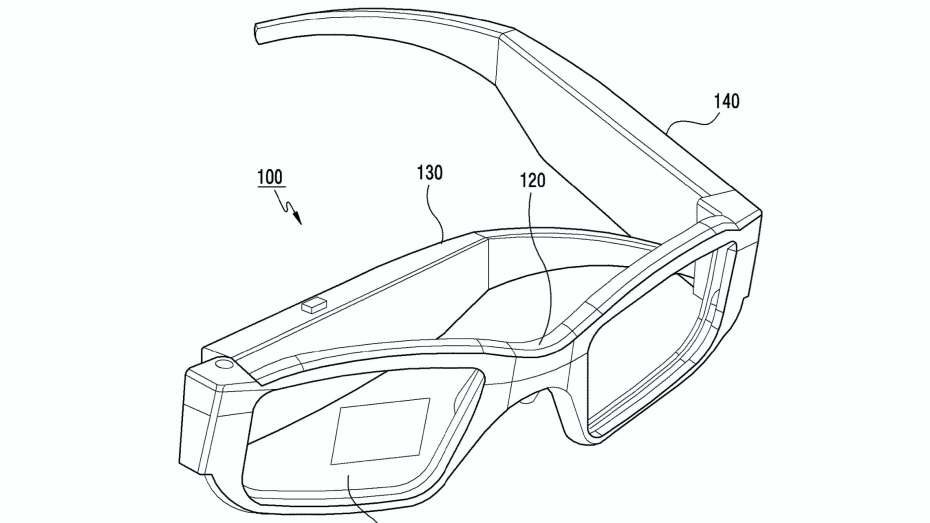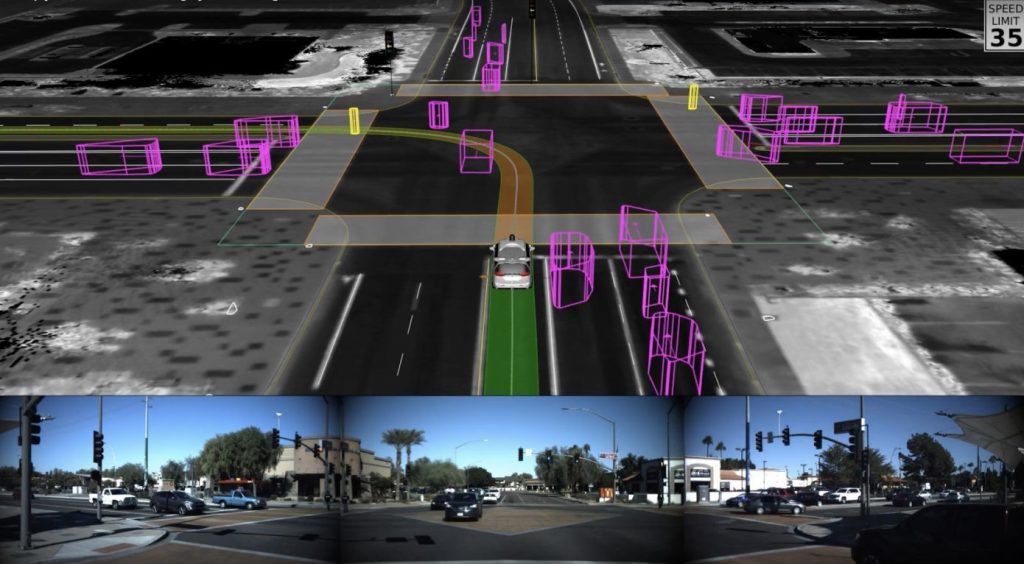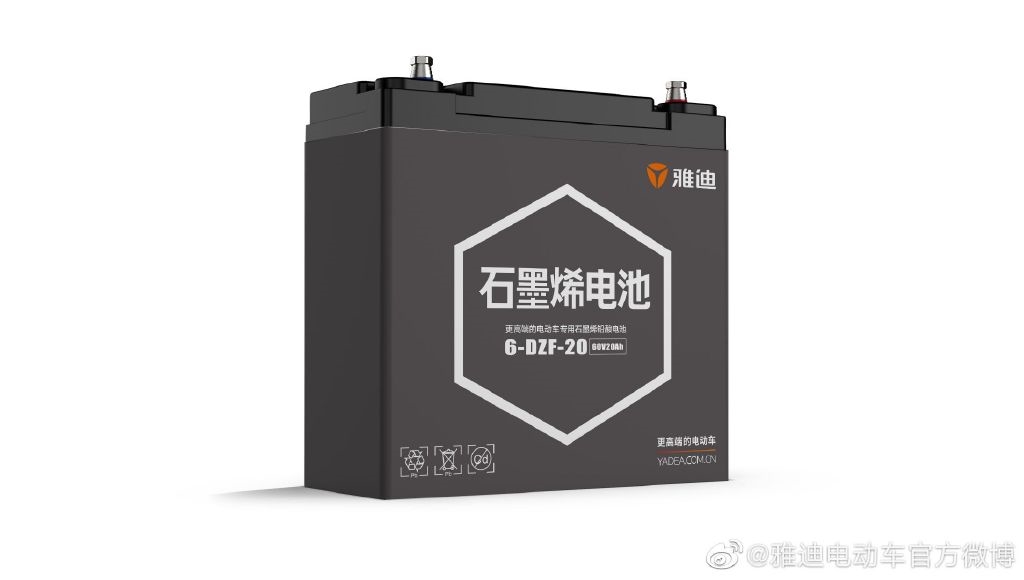
07-12: Samsung Electronics is reportedly planning to raise its NAND flash memory price by 10%; SK Hynix reportedly is planning to acquire Intel’s Dalian Fab 68 factory; etc.
Touch Display
Wisconsin Gov. Tony Evers has said Foxconn is expected to begin production at its new factory in 2020 with fewer workers than initially promised. Foxconn has promised to hire 13,000 people — including 1,800 by the end of 2020 — in exchange for more than USD4B in incentives. (Apple Insider, CNBC, Sina)
Credit Suisse analyst Su Houhe has indicated that according to his check on the supply chain, Apple iPhone display suppliers are working positively for non-notch full display, and with the biometrics mainstream is changing, the company is to launch at least 1 new model iPhone without Face ID and may replace it with under display fingerprint scanner. In 2021, Apple is launching 3 new iPhone using full display under display fingerprint scanner, officially replacing Face ID. (China Times, CN Beta, Apple Insider)
Microsoft’s patent, titled “Selectively Displayable Multiple Display Mode For A GUI” describes computing devices with multiple displays can render programs and media contents across a broader display area (both of the displays). However, the device may fail to maintain the quality of the content when it is unfolded and it could result in a discontinuous appearance. (CN Beta, MS Poweruser, Windows Latest)
Ailing LCD manufacturer Japan Display Inc (JDI) has said a consortium led by China’s Harvest Group has successfully raised the requisite funds to execute an JPY80B (about USD738M) bailout plan, USD100M of which is thought to come from Apple. (Apple Insider, Reuters, My Drivers)
Camera
According to TF Securities analyst Ming-Chi Kuo, Apple is reportedly trying to cut down the size of its 2020 iPhone’s TrueDepth notch by using a smaller camera. Apple’s 2H20 iPhone front camera may adopt ultra small front lens, and at the same time, they are going to adopt 7P lens. (TF Securities, CN Beta, CNET, My Drivers)
Memory
Samsung Electronics is reportedly planning to raise its NAND flash memory price by 10% amid growing concerns about a disruption in production due to the Japanese government’s semiconductor material export restrictions. Other companies such as Micron Technology are likely to follow suit. The NAND flash memory inventory has decreased to a four-week amount, about half of the DRAM inventory. (My Drivers, Huanqiu, Business Korea)
SK Hynix reportedly is planning to acquire Intel’s Dalian Fab 68 factory and the corresponding NAND business. Since 4 Jul 2019, Japan began to impose economic sanctions on South Korea, restricting the export of 3 major types of semiconductor materials, including fluorine polyimide (Fluorine Polyimide) used in TV and mobile OLED panels, core material photoresist in semiconductor manufacturing, and high-purity fluorination. (CN Beta, Semi Media, Sina, CNN)
Biometrics
Air France-KLM will be swapping boarding passes for facial recognition on Air France flights flying out of the John F Kennedy International Airport in New York City and the George Bush International Airport in Houston. This will be done on a trial basis initially as Air France-KLM sets about to bring facial recognition to all gateways in the United States by 2020. (CN Beta, Techspot, Ubergizmo, Engadget)
University of Wisconsin-Madison researchers Zongfu Yu, Ang Chen and Efram Khoram have created a small piece of translucent glass with tiny air bubbles and other light-bending or -absorbing impurities strategically embedded within it. When that glass was placed near one of nine surfaces that each had a different numeral hand-written upon it, light was reflected off that numeral and into the glass. It is hoped that the technology could ultimately be used to recognize the distinct light patterns of a given person’s facial features. (CN Beta, New Atlas)
Battery
Yadea is launching graphene battery, which is using super conductive paste, low internal resistance patent structure design. It supports 20A high current charge and discharge, the maximum is more than 6 times higher than ordinary battery, and can charge 80% in one hour (with professional fast charger). CN Beta, My Drivers, China Daily)
Apple’s titled “Wireless Charging Alignment Systems” describes a car in which “control circuitry may use the steering and propulsion system to park the vehicle in a parking space”, where “wireless power may be transferred from a wireless power transmitter in the parking space to a wireless power receiver coupled to a vehicle body”. (Apple Insider, USPTO, CN Beta)
Phone
LG may be launching a new naming scheme for G-series smartphones, as the company has just registered new trademarks for G10, G20, G30, G40. (CN Beta, LetsGoDigital, Phone Arena)
Samsung has introduced at least 9 new Galaxy A smartphones in 2019, with at least 3 more in the pipeline. The model numbers – SM-A562N and SM-A561F have appeared on the Wi-Fi Alliance certification portal. (GSM Arena, MySmartPrice)
Strategy Analytics forecast the global smartphone installed base will grow +5% YoY in 2020, amounting to 4B units. Android will maintain its top spot as the world’s most popular platform, followed by Apple iOS. Yet, the momentum of Android would be undermined as Huawei would formally launch own OS in 2019 / 2020 as earliest. (GizChina, Strategy Analytics, data, CN Beta)
Huawei Technologies chairman Liang Hua has said Huawei’s self-developed mobile operating system, Hongmeng OS, is meant for so-called Internet of Things (IoT) applications and that Google’s Android remained the preferred system to run on its smartphones. (Gizmo China, SCMP, GizChina, Huawei, CN Beta)
Google is still developing another system Fuchsia OS. Before now, this system only supports Honor Play and Google Pixel 3XL. These smartphones run on Kirin 970 and the Snapdragon 845 SoC respectively. Google Fuchsia OS has added support for Snapdragon 835 SoC (MSM8998) which is found on devices like the Pixel 2. (CN Beta, 9to5Google, GizChina)
Wearables
Mobvoi has announced TicWatch Pro 4G, an LTE variant of the TicWatch Pro released more than a year ago – 1.39” 400×400 AMOLED, Qualcomm Snapdragon 2100, 1+4GB, Android Wear OS, PPG heart rate sensor, MIL-STD 810G certified, 415mAh, USD299. (Gizmo China, Mobvoi)
Augmented / Virtual Reality
Samsung’s patent of AR glasses features a display that is automatically powered on and off by the frames. Samsung suggests its projector will display a translucent image that appears atop the wearer’s field of vision, likely using a waveguide to diffract the projection in a way that conveys 3D depth. (VentureBeat, Patently Apple)
Robotics
Amazon.com is allegedly developing a higher quality version of the Echo speaker and ramping up work on its home robot. The company plans to release the new Echo by 2020. Prototypes of the cylindrical speaker are wider than the current Echo to squeeze in additional components including at least four tweeters. Both devices are being developed by Amazon Lab126. (Android Central, Bloomberg, TechNode, Sohu)
Automotive
Alphabet’s Waymo autonomous driving company has announced a new milestone: 10B miles driving in simulation. (CN Beta, TechCrunch)
VW Group is investing USD2.6B in capital and assets into Argo AI, the Pittsburgh-based autonomous vehicle start-up that burst onto the scene 2 years ago with USD1B in backing from Ford. The investment deal gives Argo a valuation of just over USD7B, one of the highest in the autonomous vehicles sector. (VentureBeat, TechCrunch, Sina)
Payment
According to Morgan Stanley, Apple Pay transactions are forecast to reach USD190B in 2022, and USD304B by 2027. That ranks against PayPal figures of USD431B and USD579B, respectively, though excluding any offline wallet possibilities, which could theoretically add as much as USD257B to PayPal’s volume by 2027. (CN Beta, Apple Insider)
FinTech
Visa co-led Anchorage’s new funding round, worth USD40M, alongside Blockchain Capital, a cryptocurrency-focused venture capital firm. Anchorage requires cryptocurrency withdrawals to be approved by a client’s other employees. Then the company uses both human and AI review of biometrics and more to validate transactions before they are executed, while offering end-to-end insurance coverage. (TechCrunch, Fortune, Blockchain)
